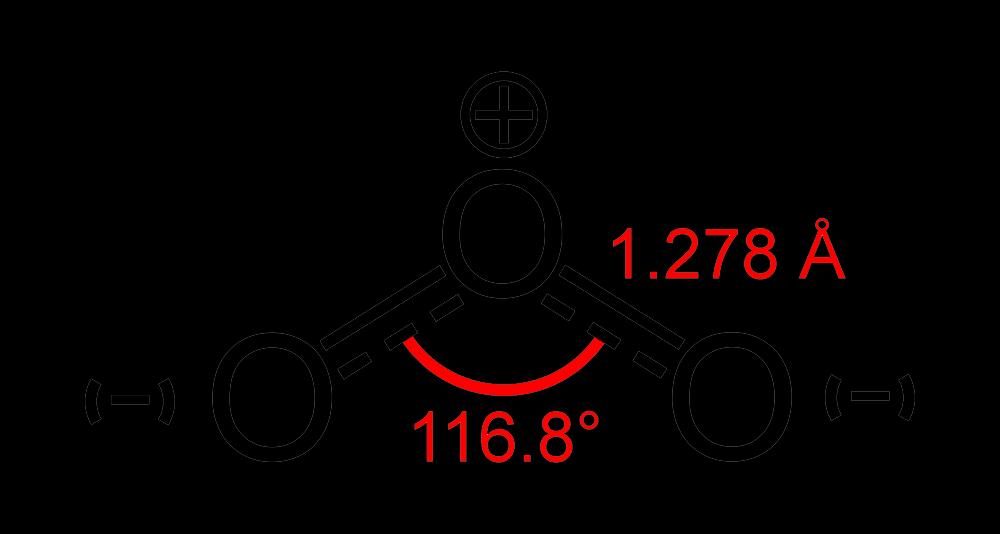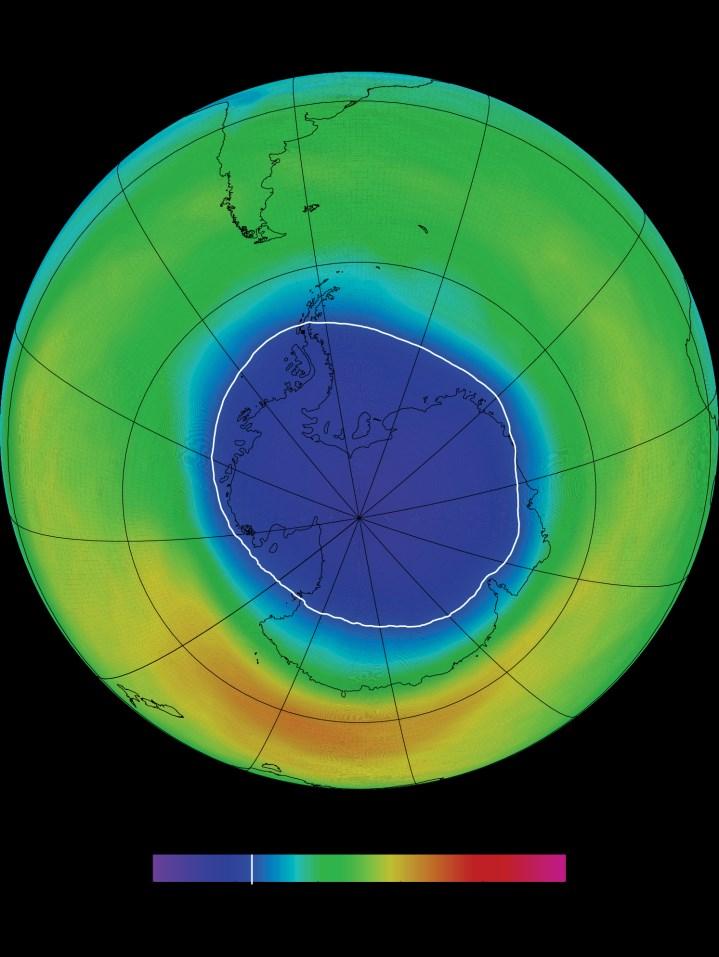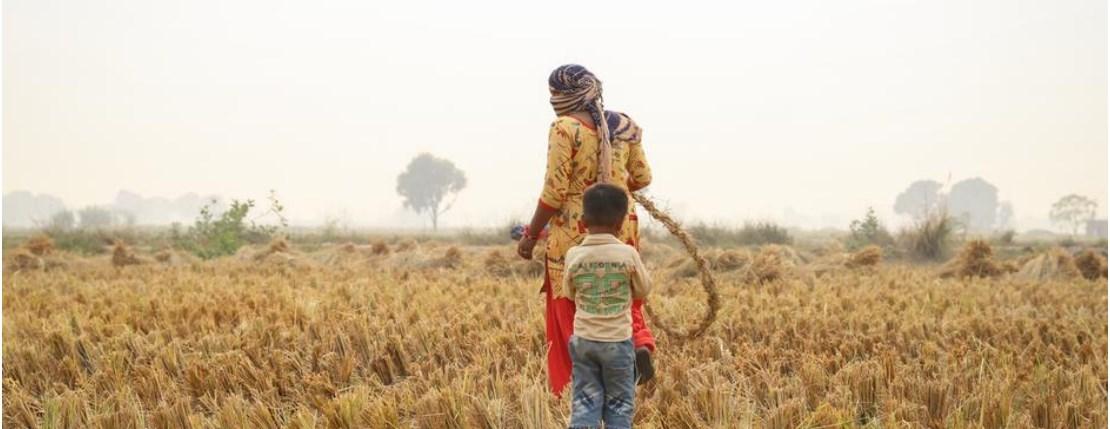
3 minute read
Ozone
Ozone: the Double-Edged Molecule
By Patrick (Easthampstead Park School)
Ozone is a molecule that is both a threat and a saviour. A molecule that can cause widespread damage and at the same time make life on Earth possible. It just depends on where it is. Most people have heard of ozone at some point, but what actually is it and how does it help and hinder the Earth?
Ozone is a simple molecule with the molecular formula O₃. It consists of three oxygen atoms arranged in a bent shape with a bond angle of around 117°.
Two types of ozone exist on Earth: stratospheric, which makes up the ozone layer, and ground-level, found on the Earth’s surface. Most people’s experience of ozone will be through talk of the ozone layer - whether that be at home, on the news, or in popular culture. The ozone layer protects us from harmful ultraviolet (UV) radiation from the sun. This crucial property of the ozone layer is due to the formation and destruction of stratospheric ozone which makes up the ozone layer.
High energy UV rays from the sun are absorbed by O₂ molecules in the stratosphere. This breaks the covalent bond and leaves two O atoms. These molecules collide with other O₂ molecules to form O₃ (ozone). A similar process happens when ozone is destroyed: the UV rays split an O₃ molecule into an O₂ molecule and an O atom. The O atom then collides with another ozone molecule to form two O₂ molecules. This creates a constant cycle of ozone formation and destruction which absorbs a lot of the UV radiation that would otherwise hit the Earth's surface and cause increased levels of cancer and global death of organisms. Life practically relies on ozone.
Formation
Destruction
The cycle of stratospheric ozone formation/destruction is very delicately balanced. It is extremely vulnerable to human activities, as has already happened. In the 1970s a hole in the ozone layer was first discovered, a worrying find that warranted further research. It was found that chemicals called CFCs (chlorofluorocarbons) were mainly to blame. They accelerate the destruction of the ozone layer through the release of chlorine radicals when they absorb UV radiation. Radicals are atoms, ions and molecules with at least one unpaired electron on their outer shell. Chlorine radicals in this instance act as a catalyst for the destruction of ozone in the ozone layer. This causes the balance to shift, which results in the depletion of the ozone layer. Holes in the layer also form, like the one that forms over Antarctica every year, as seen right.
The Montreal Protocol, a treaty adopted in 1987, aimed to reduce the use of and ultimately phase out CFCs. After this date, virtually all use of these chemicals was stopped. Since then, scientists have noticed the ozone layer repairing itself year on year. However, the global threat of climate change threatens the recovery of the ozone layer for future generations. So while the ozone layer is a shield to Earth against harmful UV radiation from the sun, it is vulnerable and must be protected.
Whilst ozone in the stratosphere is vital to life on Earth, it can be very toxic when at the surface level. Ground-level ozone, as this is known, has harmful effects on agriculture and human health. Ground-level ozone is formed when nitrogen oxides from fuel combustion and volatile organic compounds from paint and solvent manufacturing react with UV light. Therefore there are higher concentrations of ground-level ozone in more urban areas than in rural ones. Ozone has many negative impacts on plant and animal health. In humans, it can cause and worsen many respiratory conditions such as bronchitis, emphysema and asthma. Consequently, ground-level ozone is a major pollutant for the environment.
Particularly vulnerable are crops used in agriculture, especially wheat, rice and maize. Ozone damages and kills these plants, like other plants, by diffusing into their leaves and creating reactive oxygen species which break down membranes and tissues used in gas exchange and sugar production. East Asia is currently experiencing a problem with ground-level ozone pollution affecting crop yields.
World governments must aim to reduce ground-level ozone pollution when discussing their responses to the climate emergency or major food sources for an ever-increasing global population will be put at risk. So ozone on Earth is a double-edged sword. Up high it is a molecule that protects life. Down low it damages and destroys.







